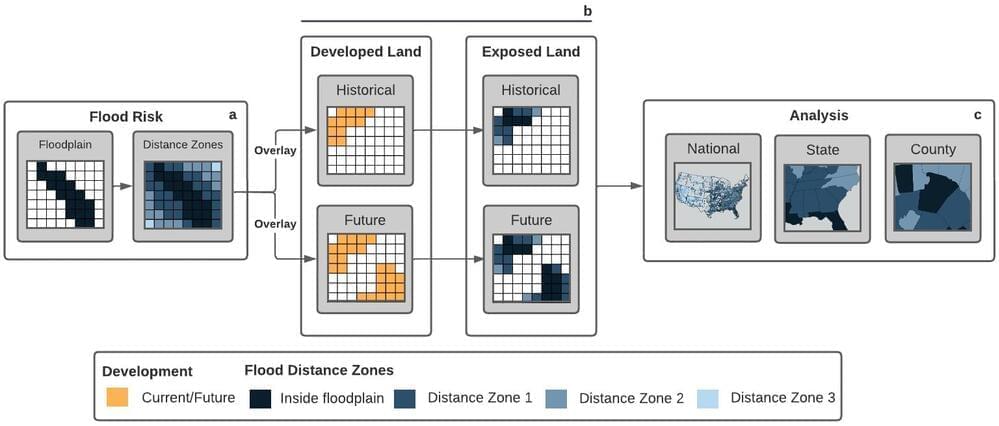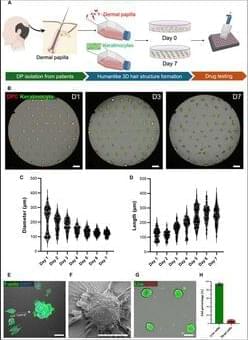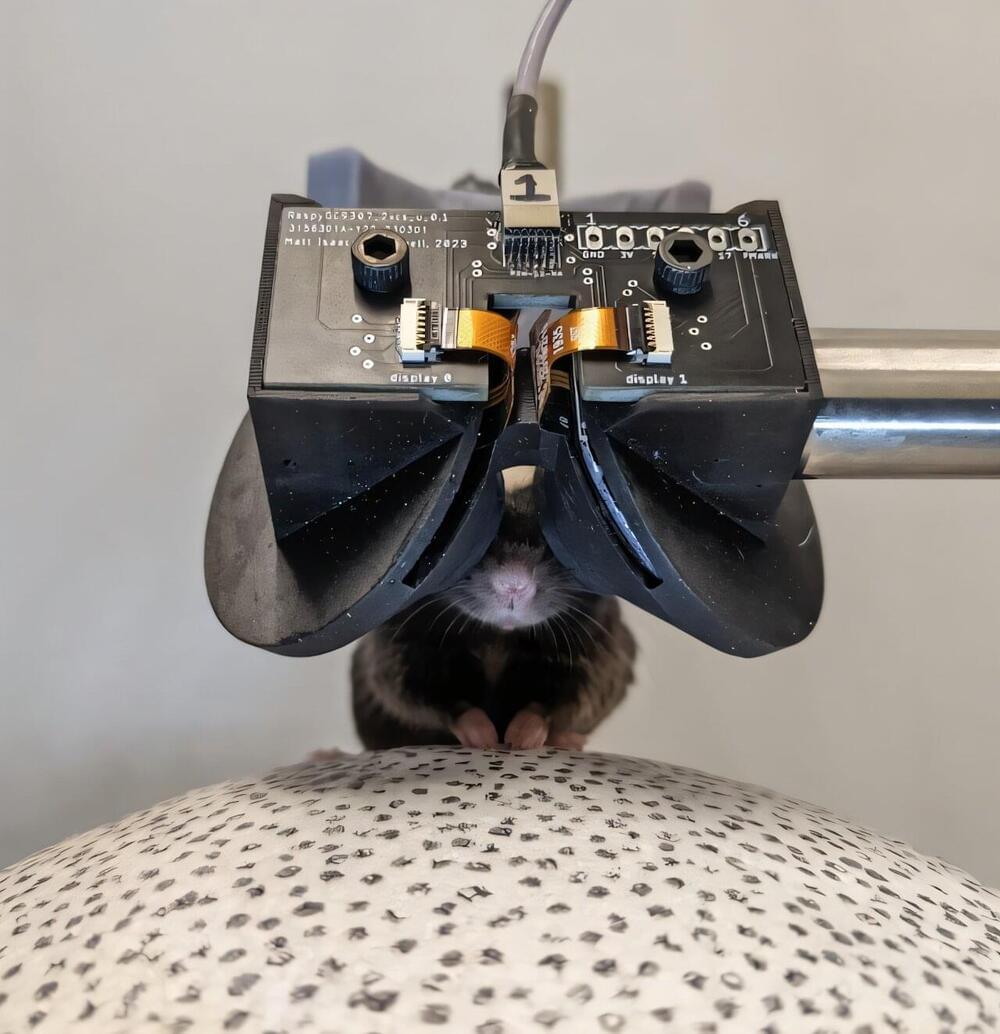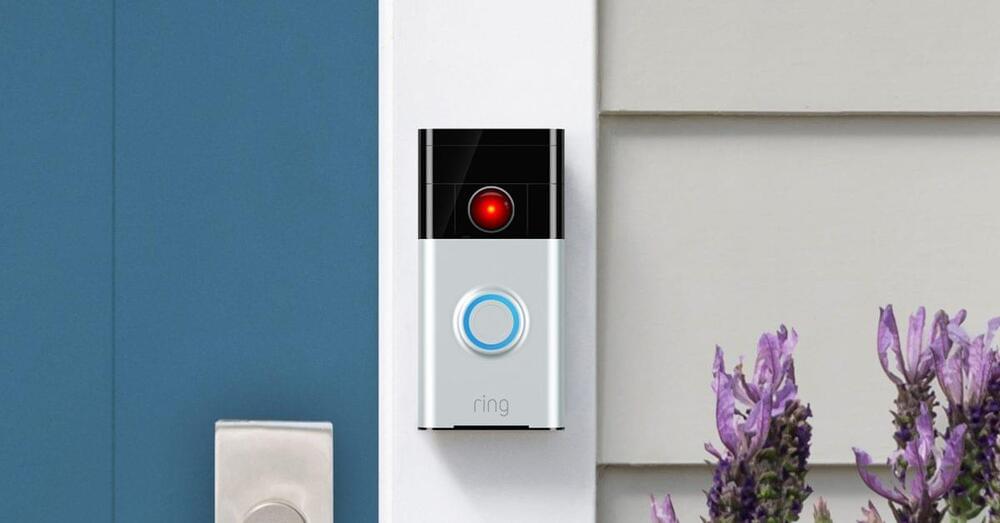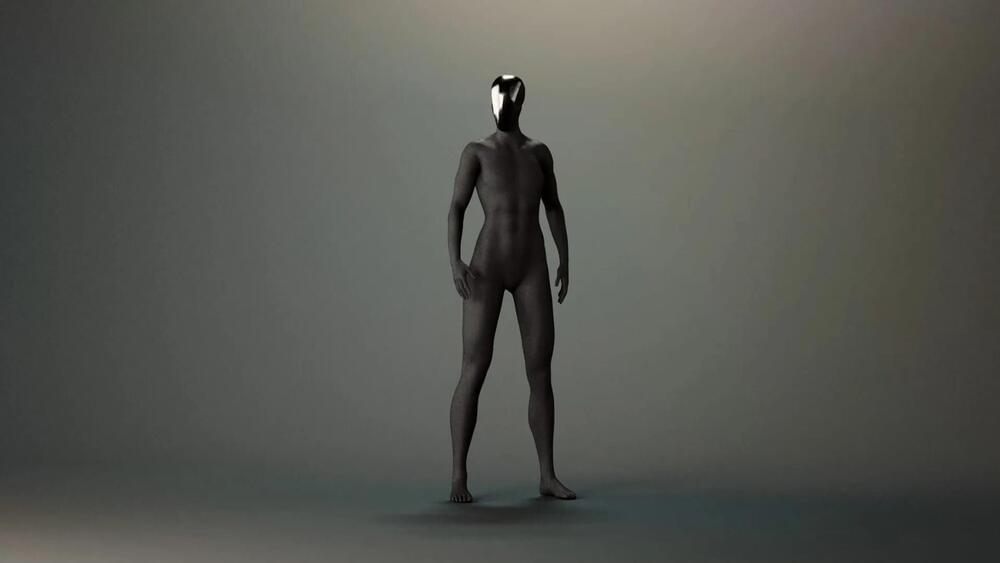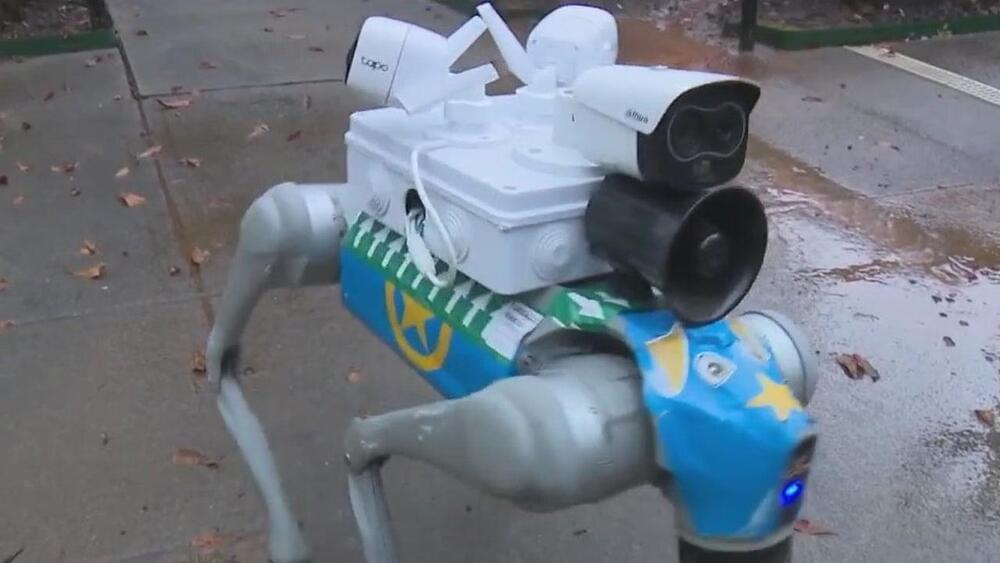Common methods of communicating flood risk may create a false sense of security, leading to increased development in areas threatened by flooding.
This phenomenon, called the “safe development paradox,” is described in a new paper from North Carolina State University. Lead author Georgina Sanchez, a research scholar in NC State’s Center for Geospatial Analytics, said this may be an unintended byproduct of how the Federal Emergency Management Agency classifies areas based on their probability of dangerous flooding.
The findings are published in the journal PLOS ONE.
